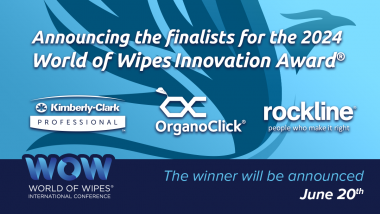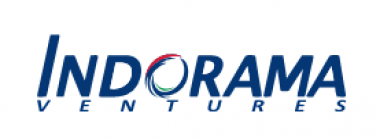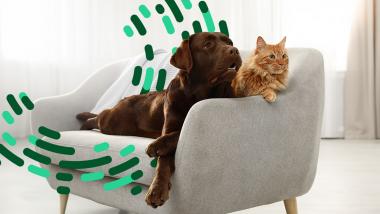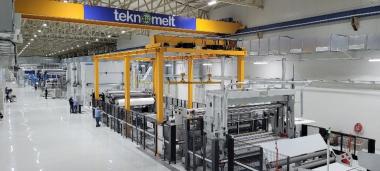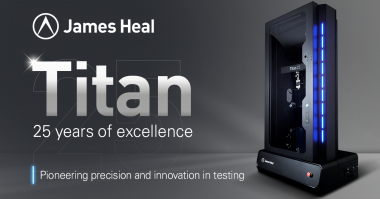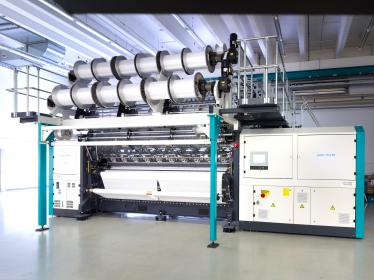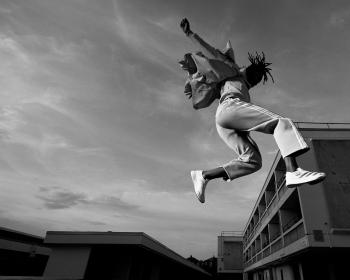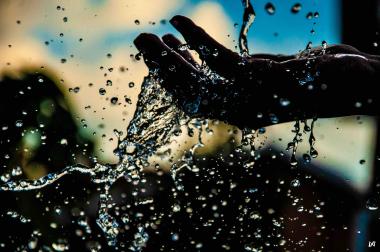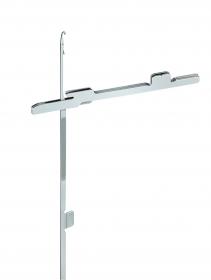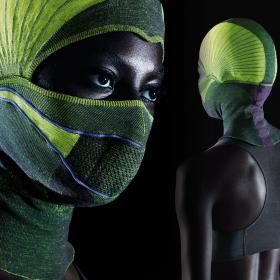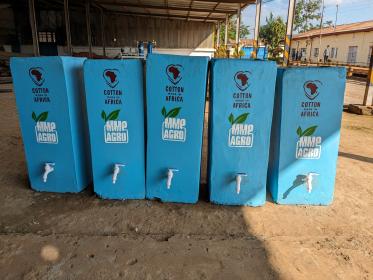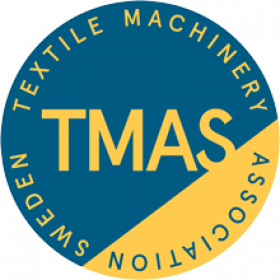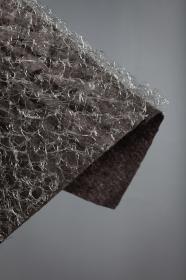Beter Bed: Allergen Spray with “HeiQ Synbio Inside”
The new M line Allergen Spray, powered by patented HeiQ Synbio technology, eliminates allergens that are commonly found in our homes, and which affect a large percentage of people. These allergens include dust mite matters and allergens on pet hair which are found on our beds, sofas, carpets, curtains, and other household items. By applying the Allergen Spray, you can harness the powers of active probiotics, which break down common allergens, making bedroom and living spaces more comfortable and fresher.
Allergies are typically triggered by allergenic proteins. The active probiotics (beneficial bacteria) in the spray generate enzymes that break down proteins, removing these allergy triggers. A study by BMA Laboratories (Bochum, Germany), an accredited and independent laboratory, observed a 60% house dust mite allergens reduction, over 75% pet allergen reduction, and a close to 90% pollen allergen reduction, after the initial treatment.
The future of allergen reduction with the M line Allergen Spray, where innovation meets everyday convenience, is now available at Beter Bed stores in The Netherlands and the Belgian Flemish region. The continuous misting spray bottle ensures an even application, making it suitable to apply in home textiles such as mattress toppers, bed linen, pillow covers, comforters, carpets, rugs, and upholstered furniture, or any other items in reach of dust mites and pets. In the first week, the spray should be applied every day, and thereafter twice per week. The probiotics keep working for days, helping to maintain a balanced microbiome on treated surfaces
HeiQ




